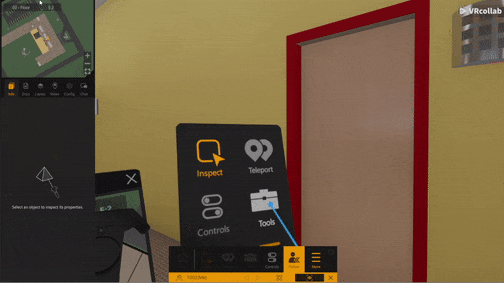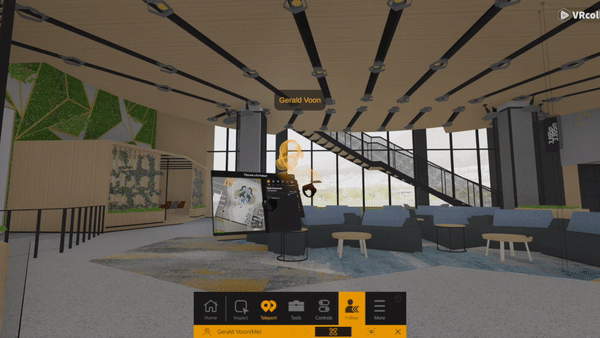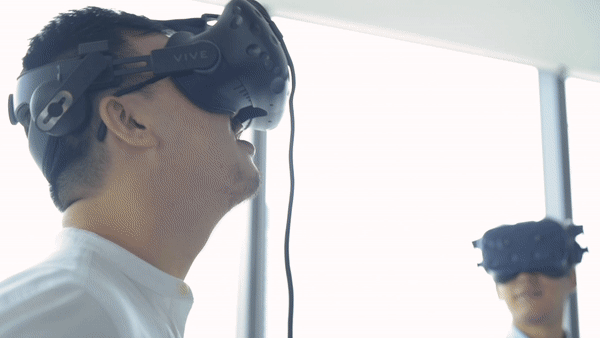How Virtual Reality (VR) Is Improving Architecture
VR improves all phases of architecture from its initial designs and mockups, presenting the project to clients, to design reviews and collaboration with other stakeholders.
INFR AI Official Account

Virtual Reality (VR) is rapidly being adopted in architecture these past years. Couple that with the booming media attention it’s receiving, you might be wondering, “what’s so great about VR?”
Essentially, what VR technology does is it takes all the great aspects of architecture design and put it into an immersive 1:1 scale virtual environment. VR improves all phases of architecture from its initial designs and mockups, presenting the project to clients, to design reviews and collaboration with other stakeholders.
“The incredible thing about the technology is that you feel like you’re actually present in another place with other people. People who try it say it’s different from anything they’ve ever experienced in their lives.” — Mark Zuckerberg
How VR Improves Architecture
Architecture firms that use VR to pitch design proposals to clients have a bigger advantage. It acts as a differentiator to firms that don’t use VR, it gives clients impressive virtual experience and it enhances their work processes.
Visualisation

Virtual reality is immersive and provides a 1:1 scale of the BIM model. Instead of showing clients their building in 2D or 3D drawings, architects can now place them in a VR environment, allowing clients to have a building tour even before construction takes place. They’ll be able to visualise the model in front of them and to a certain extent, interact with it. For example, with INFR AI’s sunlight adjustments, you can even simulate light penetrating the building and how it causes shadows inside. Or measure how high the ceilings are.
Clients can instantaneously know what they like and don’t like about the design by “walking” through the VR model. It’s a better visualisation tool than simply looking at a floorplan or 3D models.
By showcasing architecture designs in an engaging and visually appealing environment, VR technology can help quicken sales cycle and increase revenue.
Communication

Gone are the days of long email chains for design changes. With VR, both clients and architects can be in the same immersive environment and go through the building design together. Our software, INFR AI, allows multi-user meetings over the Internet hence you would not need to be in the same location as your clients.
So, instead of back and forth emails filled with notes, architects are able to communicate in real-time, lessen the risks of miscommunication and reduce the loss of documents. With better communication, architects will be able to lessen the number of client revisions.
Coordination

A VR tool that also has capabilities for coordination is key because it bridges the gap between various stakeholders. To an architect, the spatial qualities in the corridors are important. To an engineer, the flow of water in pipes is more important.
These different priorities to different people are what causes overlooked issues to happen, causing massive reworks and high costs. Being together in a VR environment allows architects to coordinate with other stakeholders to review the design according to each others’ needs. With better coordination comes lesser reworks.
Redefining Collaboration in Architecture, Engineering and Construction.
INFR AI enables all building stakeholders to actively engage in its coordination regardless of Project Phase, Model Format and BIM Technical Skill.
Try INFR AI today: Free Trial

